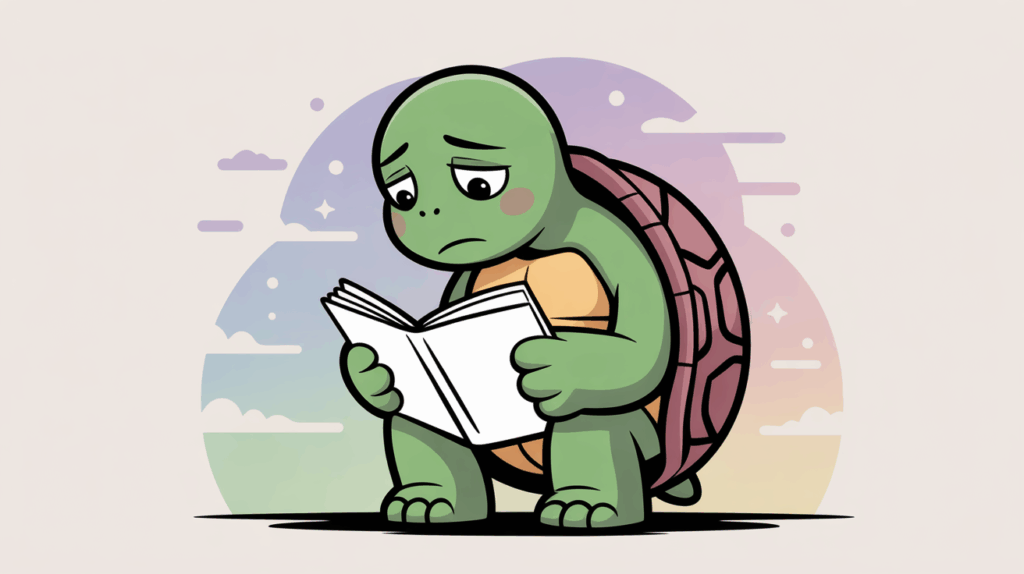
Introduction 🌱
When it comes to intp emotional reactions, many people assume these logical minds rarely experience strong feelings. Yet sadness, though hidden, often shapes how INTPs interact with the world. This post explores the unique way INTPs process and express sadness, showing how their analytical nature influences their emotional landscape.
Personality Overview 🔮
INTPs, also known as The Thinkers, are defined by their logical frameworks, curiosity, and tendency to detach from emotional chaos. While other MBTI types may outwardly display sadness, INTPs internalize it. Their emotions are filtered through a lens of analysis, often leading them to question the cause of sadness rather than simply expressing it. This tendency makes their sadness appear quiet, restrained, and sometimes misunderstood.
To better understand this, it is helpful to connect their dominant function—Introverted Thinking (Ti)—with their emotional approach. Ti pushes them to search for logical patterns in their sorrow, while their secondary function, Extraverted Intuition (Ne), makes them wonder about multiple possibilities and outcomes of that sadness. This blend of functions explains why INTP sadness feels less direct and more like a philosophical investigation.
Key Traits 📚
Here are the defining ways INTPs show sadness:
- Silent Withdrawal – Instead of crying or openly grieving, INTPs retreat into their thoughts and personal space.
- Over-Analysis of Cause – They dissect what led to their sadness, looking for logical explanations instead of emotional release.
- Disguised Calm – On the surface, they may appear unbothered, masking pain under a calm or even indifferent expression.
- Creative Outlets – Sadness often becomes fuel for writing, research, or hobbies, where emotions transform into intellectual or creative work.
- Subtle Signs – Small behavioral changes, such as reduced communication or neglect of daily routines, are often the only indicators.
- Emotional Delays – INTPs may not feel the full weight of sadness immediately; it can resurface days or weeks later.
In real-life scenarios, this means an INTP student who failed an important exam might not show immediate distress. Instead, they could spend hours reanalyzing their study methods, constructing alternative explanations, and then withdrawing into solitary activities such as gaming or reading. Similarly, in relationships, when faced with rejection, an INTP may appear detached, but later their sadness surfaces through self-reflective journaling or philosophical debates with close friends.
Comparisons ⚔️
Compared to an ENFP, who expresses sadness through sharing, storytelling, or seeking comfort, an INTP turns inward. While ENFPs thrive on emotional connection, INTPs rely on solitude and reflection. On the other hand, an ISTJ might handle sadness with stoic practicality, while INTPs let logic spiral into abstract reflection. These contrasts show how personality type deeply influences coping strategies.
Lessons 💡
From intp emotional reactions, we can learn:
- Emotional expression is not always loud. Silence can speak volumes.
- Intellectualizing feelings can be both a shield and a tool. While it helps INTPs process pain, it can also distance them from emotional healing.
- Creative transformation of sadness is a powerful skill—turning inner struggles into meaningful output.
For readers, the takeaway is clear: respecting quiet forms of grief is just as important as recognizing outward ones.
Final Thoughts 🌟
Understanding intp emotional reactions gives us insight into how this analytical type manages sadness. Rather than dramatic displays, their sorrow is thoughtful, quiet, and often hidden behind layers of logic. By appreciating this subtlety, we can better support INTPs when they experience loss or disappointment.
For a deeper dive into INTP’s general traits, check out our [INTP personality analysis].